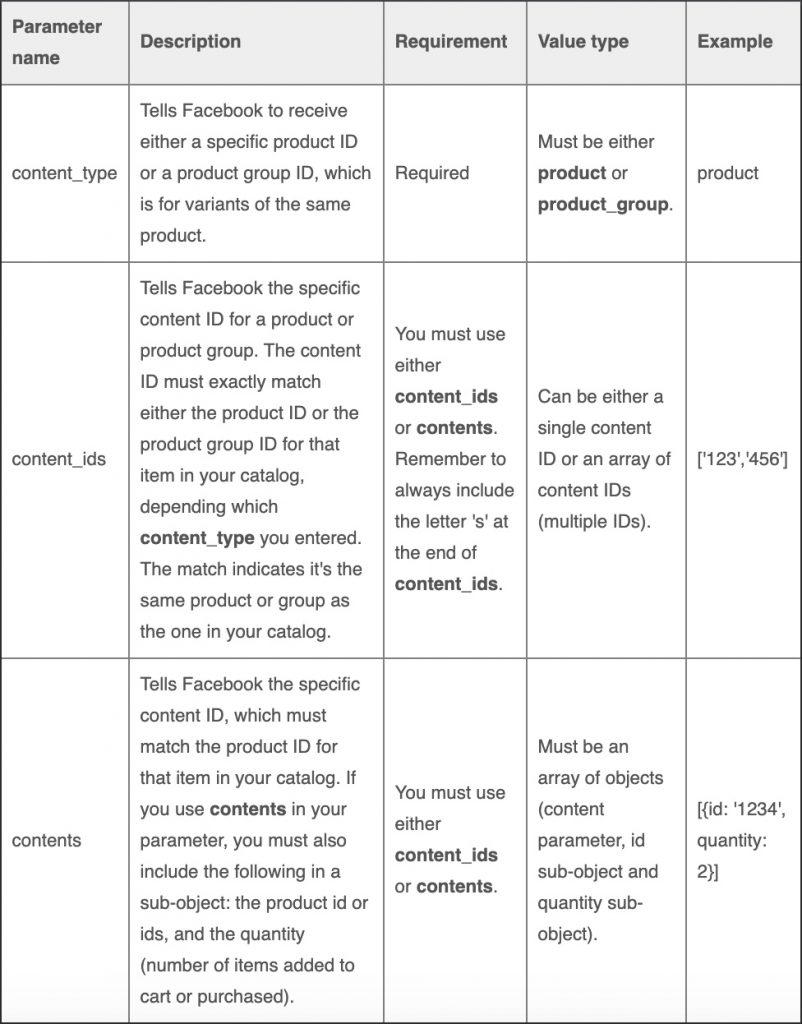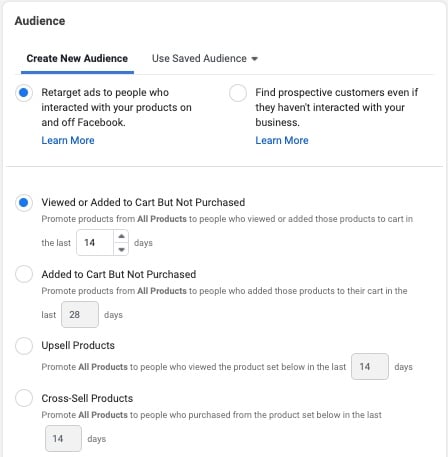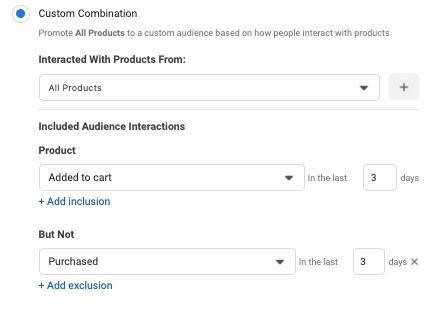Of all the available Facebook ad types, none is more apt for remarketing than the dynamic ad. While they might look like your typical single image, carousel, collection, or story ad, dynamic ads are actually powered by machine learning, using user interests, actions, and intent to serve only the most relevant products and services offered by your business. While dynamic ads, also called dynamic product ads or DPAs, can technically be leveraged at the top of the funnel, we’ll focus on ways to use these ads as a tool for retargeting users, particularly those in the e-commerce space.
If you’re diving into Facebook advertising for the first time, I’d recommend starting with our comprehensive guide to kicking off e-commerce campaigns.
Setting Up Dynamic Ads
There are several requirements for setting up dynamic ads, as detailed by Facebook. The key to effective, informed dynamic ads lies with the Facebook Pixel. If you’re advertising on Facebook, you (hopefully) have a pixel installed on your site. With the data collected by your pixel, Facebook can gather details about how users view and interact with your items for more relevant and effective dynamic ads.
Launching ads requires advertisers to set up specific pixel events, seen below.

Additionally, those events require specific parameters that allow Facebook to correlate the products on your site to those in your catalog.

A catalog is another, equally crucial component to dynamic ad set up. If you have an e-commerce site, chances are you’re using an inventory or catalog management system. Third-party platforms like Shopify, Magento, and others can be integrated with Facebook so you can seamlessly transition your catalog into the platform.
With these events set up, you can connect your pixel to a catalog and begin running dynamic ads!
Remarketing Strategies
Before you hit the ground running, though, it’s important to understand how this ad type can be utilized within your overall strategy.
We’ll take a look at an example Catalog Sales campaign and walk through some of the retargeting capabilities advertisers have access to when using dynamic product ads.

While advertisers have the option to upsell or cross-sell products from a given product set, a great place to start is retargeting based on signals like product views or adds to cart.
Depending on the amount of traffic coming to your website and the amount of data your pixel has captured, you can build out a full funnel that retargets users based on purchase intent over the course of a given time period, up to 180 days.
In most cases, a shorter remarketing window ensures you’re reaching users while they’re still interested. However, this can vary depending on your sales cycle, product cost, brand awareness, and other factors.
If you want to get even more granular, custom combinations allow you to promote a given product set to a custom audience based on how users interact with products from another product set.

From there, you can determine which types of interactions (viewed, added to cart, or purchased) during a given window you’re looking to capture.
The DPA format lends itself well to testing, and if you feel like you’ve exhausted your initial remarketing options or require more specific rules, custom combinations are a great option.
However, you don’t necessarily need dozens of different ad sets to create a cost-effective, lower-funnel campaign. At Portent, DPAs are an ad type we’ve incorporated into remarketing strategies for a variety of e-commerce clients, from big-name retail brands to niche SMBs. Across the board, we try to keep our initial approach simple and optimize retargeting windows and messaging based on where we see users dropping off.
Dynamic Product Ads in Action
Here’s a high-level overview of one of our most successful DPA strategies, which we developed with a popular outdoor retailer.
The primary remarketing campaign leveraged standard static image and carousel ads to retarget users that had visited specific product pages during a broad window of time (180 days). We saw an opportunity to launch dynamic product ads as a supplemental retargeting format, which focused more broadly on product category page visitors and users that had abandoned their carts before purchase during a more recent period (one week).
Ad frequency was a main concern for this client, who was hesitant to pursue a DPA strategy for this exact reason—this ad format is served frequently to users, and frequency metrics can creep up. With that in mind, we initially recommend a small, daily budget that gave us more control over the ad sets; we could more easily scale budget up or back depending on ad frequency and overall performance.
Within the first week of running dynamic product ads, we saw a 16.57 ROAS. The following month, the DPA campaign generated almost $400,000 in revenue and an 18x increase ROAS.
In this client’s case, the rollout of dynamic product ads was pretty straightforward, but it proved to be the perfect supplemental ad format for the existing remarketing strategy.
In Other Words
If you’re currently advertising your products on Facebook, consider incorporating dynamic ads into your own remarketing efforts. With consistent testing, you can find the approach that best aligns with your audience, products, and overall goals.









